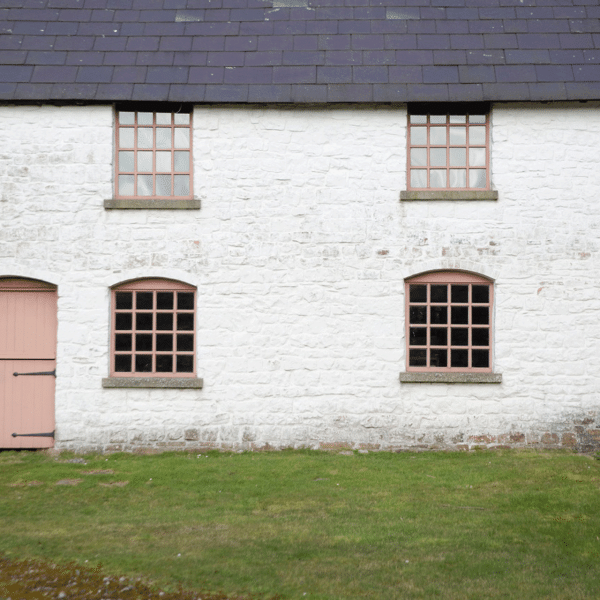Industrial Wales
Hot metal, black gold
Wales’s historic sites aren’t just a matter old stones and bones. The country was a leading player in Britain’s Industrial Revolution, a white-hot force that changed these islands – and the world – forever.
In Wales, it was a total revolution, embracing metal producing and mining. ‘Black gold’ poured out in untold quantities from mines in the Rhondda Valleys and elsewhere in south Wales. Swansea, one of Wales’s earliest industrial centres, was dubbed ‘Copperopolis’ on the strength of its mighty copper smelting plants.
Merthyr Tydfil was known globally as the ‘iron capital of the world’, exporting iron rails to railways in Russia and south America. Cardiff broke all records as the world’s busiest coal-exporting port. And not to be left out, mid and north Wales played leading roles in the onward march of industry with their lead and slate mines.
Beauty and the beast
With industrial innovation came a multitude of spin-offs – canals, railways, roads, a huge population growth, teeming new towns of tightly packed terraced housing and, of course, the destruction of landscapes previously known for their great natural beauty.
Neath Abbey shines a light on the effects of industrialisation. In the 16th century it was described as ‘the fairest abbey in Wales’. By the 19th century the abbey had become ‘Neglected Neath (looming) up through its dense veil of smoke, like the skeleton of a stranded ship crumbling piecemeal to decay’.
An embodiment, perhaps, of what was happening throughout south Wales, poor Neath Abbey had a new role in life as a copper smelting plant, a hotchpotch of furnaces, workshops, workers’ dwellings and industrial waste. Fortunately, a 20th-century clean-up has given back to the abbey much of its former integrity, something that applies to south Wales in general, with the re-greening of the valleys allied to investment in the emerging technologies of the 21st century.
The complete picture
Blaenavon, now a World Heritage Site, tells a remarkably rounded story of industrial Wales. It’s home not only to a pioneering ironworks but also to a coalmine offering underground tours.
Its 18th-century ironworks, complete with blast furnaces, water balance tower, lift and workers’ cottages, are some of the best preserved in Europe. Until 1980, nearby Big Pit was a working coalmine. It’s still all there, looking as if the miners have just clocked off for the day. Take a trip down to pit bottom 300ft/90m below ground to see what life was like at the coalface.
Lead and slate
Although south Wales saw the lion’s share of industrial activity, the rural heartlands also heard its roar. Near Machynlleth there’s the restored Dyfi Furnace (just a stone’s throw from an internationally important nature reserve), a mid-18th-century waterwheel-powered charcoal furnace used for smelting iron ore.
In the shadow of the massive Clywedog dam in the Cambrian Mountains you’ll find another unexpected industrial site: the ruins of Bryn-tail Lead Mine, one of many such mines sunk in the hills of mid Wales during the boom years of the 19th century.
In north Wales, it was all about high-quality slate. Wherever you travel in Eryri (Snowdonia) you’ll come across remnants from the industry that once ‘roofed the world’. In places like Blaenau Ffestiniog, the ‘slate capital’, and Llanberis it’s starkly present. Go underground at Blaenau’s Llechwedd Slate Caverns, then visit the National Slate Museum in Llanberis – like Big Pit, an authentic former industrial site, warts and all – to learn more.
I’m the king of the castle
The industrial era even produced castles, though these were mock affairs built by nouveaux riches industrialists intent on flaunting their wealth and status. Cyfarthfa Castle in Merthyr Tydfil was built by ‘iron king’ William Crawshay. In Cardiff, the Marquess of Bute – the dockland magnate, allegedly the richest man in the world – lavished money on the capital’s flamboyant city-centre castle and romantic country retreat of Castell Coch.
But perhaps the greatest show-off of all was slate tycoon GH Douglas-Pennant, who spent an outrageous (for the time) half-a-million pounds on Penrhyn Castle, Bangor, a neo-Norman fantasy palace that’s the ultimate statement home.

